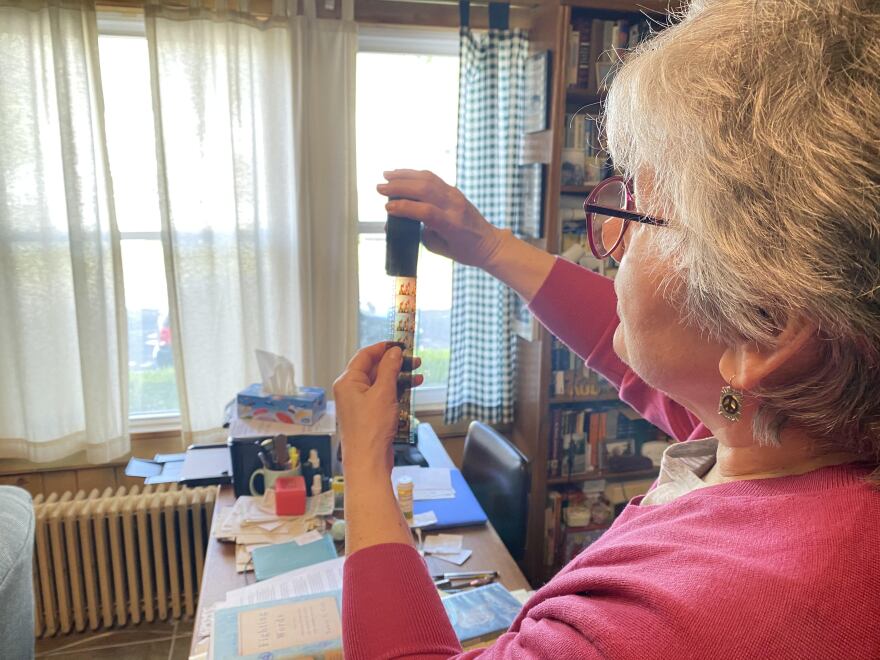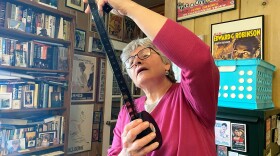With so much talk about the various technologies used in presenting films these days, it’s easy to think that the earliest forms of film appeared in the dark ages. But motion pictures have only been part of our popular culture for about 130 years. Before the turn of the 20th century, moving images on 35mm nitrocellulose film stock were pleasing audiences. Actualities, an early term for documentary films, and all genres of fictional films from comedies to melodramas to explicit stag films to home movies…. They all are part of our visual histories as far back as Victorian times.
Looking back exactly 100 years to see what was being shown on big screens across the U.S. isn’t really like an exercise in dinosaur hunting. By autumn of 1923, filmmakers had learned how to tell stories on celluloid. Cameras were creating sharp images. Editing was a much-studied skill, even an art form. Hollywood studios, and a few more in the East and in Central U.S. were providing huge budgets for American productions. Film fans followed the works of their favorite stars.
Feature films were released each month by the dozens in the 1920s. One of the most interesting historically is A Woman of Paris. Exactly 100 years ago, in October of 1923, one of Hollywood’s most beloved stars, Charlie Chaplin, a producer, director, and onscreen king of the comedy genre, released a touching melodrama. Not a comedy but a melodrama! Audiences were less than enthused. To add to their disappointment, Chaplin wasn’t even in the film!
A Woman of Paris did impress critics at the time, and over the years the film has had a fine reputation.
The story is direct. A young woman from the countryside (played by Edna Purviance, a Chaplin regular, loves a young artist who lives nearby. Her father is a tyrant. He doesn’t approve of her choice and locks her out of the house. His parents are more decent, but not approving. The night they plan to take the train to Paris to start their life together, his father is stricken and dies. Yes, so far this film is quite a standard melodrama.
Abandoned at the railroad station and not knowing about his father, she goes to Paris alone. Next thing, she is dressed to the nines and has become the mistress of a wealthy Parisian businessman. Suave Adolphe Menjou plays that part which made him a star. Eventually, the young artist makes his way to Paris, and a romantic triangle is the result. Before the final scenes, there is adventure and tragedy. Oddly, Chaplin made a separate ending for the European market because he felt the audiences there were less prudish. The American ending, which we enjoy to this day, is a twist that even Mother Teresa would approve.
A Woman of Paris in many ways is a dated melodrama that many audiences would laugh off the screen. However, for the more open-minded, more sensitive viewer, it’s quite a touching film.
Even Chaplin’s most successful comedies succeed in part due to their bittersweet scenes of deep sadness. Chaplin knew grief in his own life, and he displayed those feelings of woe onscreen in a masterly fashion. A Woman of Paris has tender moments that really work.
This film is available for viewing on Amazon Prime Video and has been on DVD for more than a decade.
Audrey Kupferberg is a film and video archivist and retired appraiser. She is lecturer emeritus and the former director of Film Studies at the University at Albany and co-authored several entertainment biographies with her late husband and creative partner, Rob Edelman.
The views expressed by commentators are solely those of the authors. They do not necessarily reflect the views of this station or its management.




